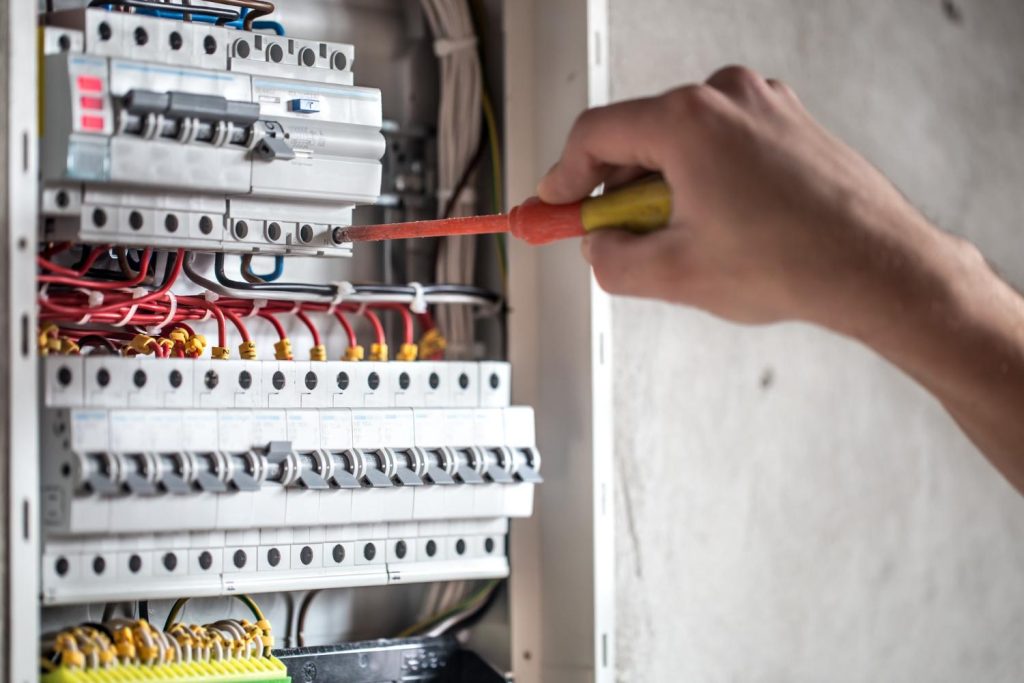Anyone renovating a home, building a new one, or updating an office must prioritize power point installation. Getting it wrong can lead to more than just inconvenience; it can pose serious safety risks. This blog explores why precise placement and installation of power points are crucial, using insights from electrical safety reports and installation standards. Here, the importance of thoughtful layout, adhering to codes, and considering future usability is emphasized to enhance both functionality and safety.
Understanding the Basics of Power Point Installation
Before diving into the nuances of optimal placement, it’s essential to cover the basics. A power point refers to the electrical outlets where appliances and equipment are plugged in. The correct installation involves not just the physical placement but also ensuring that the network wiring is compliant with national electrical safety codes. These codes dictate everything from the height of installation to the distance from water sources, ensuring safety is never compromised.
Optimizing Placement for Maximum Convenience
The convenience of power point installation cannot be overstressed. In a kitchen, for instance, experts recommend installing multiple outlets along the backsplash and on island benches to cater to appliances like blenders, toasters, and coffee makers. Similar logic applies to offices where computers, printers, and other tech need reliable power sources. The key is to predict where electrical devices will most likely be used and ensure there are ample outlets to meet these needs.
Safety First: Why Placement Matters
Safety is another vital component of power point installation. Data shows that improper outlet placement contributes significantly to electrical accidents. For example, outlets placed too close to water sources can lead to short circuits. According to the Electrical Safety Foundation International, over 3,300 home fires originate from outlets each year, emphasizing the need for strict adherence to safety guidelines during installation.
Future-Proofing Your Space
Considering future needs during the power point installation process is an excellent investment. As technology evolves, so does the demand for more and varied electrical points. Planning extra capacity during initial installation can save significant costs and disruptions associated with upgrading electrical systems later. This approach not only enhances the property’s value but also its functionality.
In conclusion, the placement and installation of power points should be a key focus area during any building or renovation project. By ensuring a balance between convenience and safety, and planning for future technological needs, property owners can significantly enhance the livability and functionality of their spaces. Remember, when it comes to power point installation, a little foresight goes a long way.

